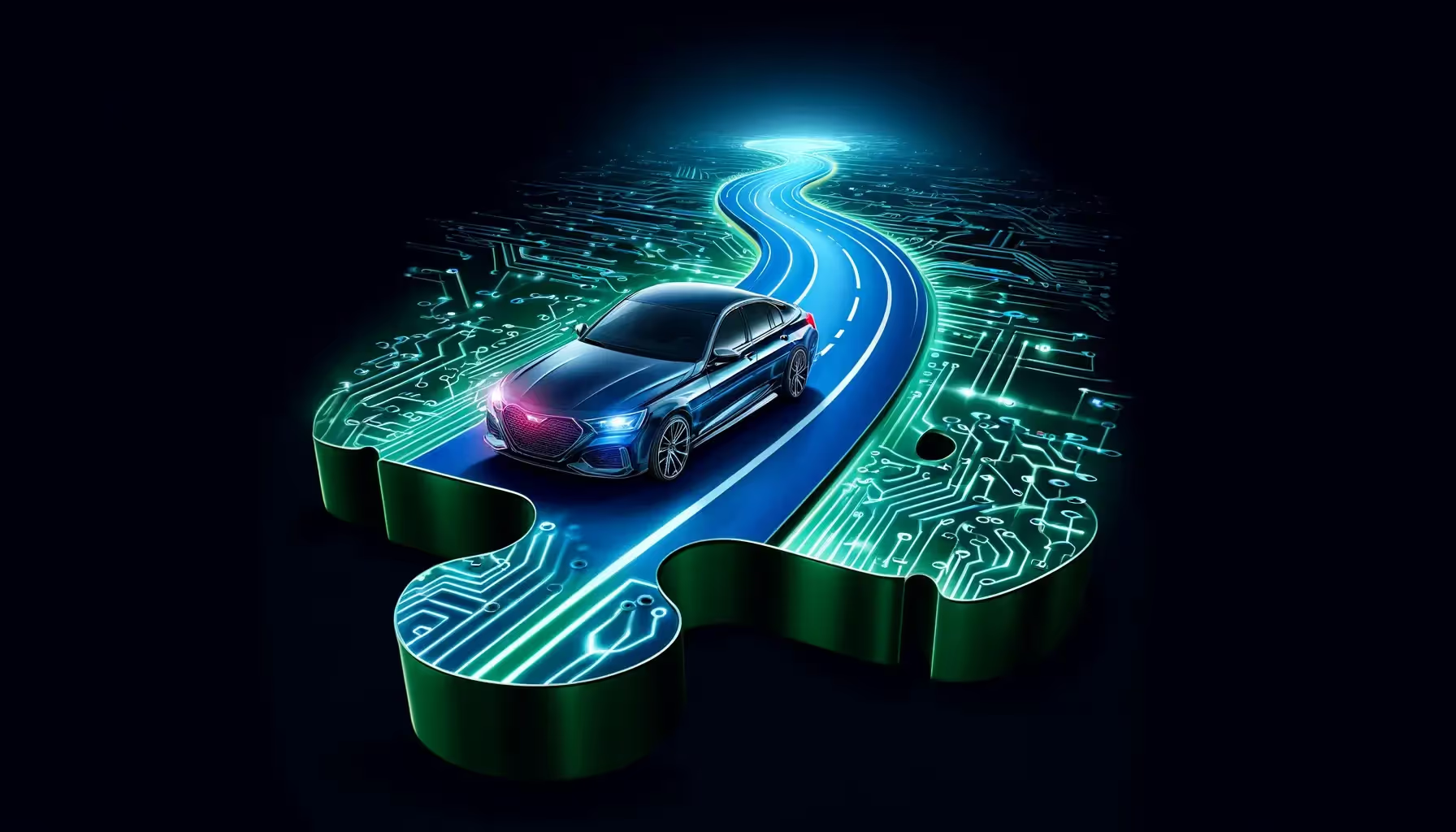Meet Us at CES 2026 | Jan 6-9
Book a meeting

The fragmented landscape of automotive operating systems poses compatibility challenges for carmakers. Without a unified approach, delivering the seamless in-car entertainment experiences customers demand becomes increasingly difficult.
In-Car Entertainment systems have become a cornerstone of the modern automotive experience, providing a wide array of features that enhance journeys for drivers and passengers alike. However, the relentless pace of innovation and the extended lifecycles of vehicles create a complex software development landscape for carmakers. A key challenge lies in ensuring cross-platform compatibility – the ability for in-car entertainment systems to function seamlessly across a variety of operating systems, hardware configurations, and screen sizes. Without this compatibility, carmakers face costly delays, inconsistent user experiences, and obstacles when updating or adding features.
The automotive industry lacks the operating system and hardware standardization like in the consumer electronics sector. Carmakers navigate a complex web of diverse operating systems, custom hardware, and varied screen displays. This lack of cross-platform compatibility forces engineering teams to adapt or completely redesign their in-vehicle entertainment features for different models.
3Ready product framework designed for in-vehicle entertainment systems, addresses the cross-platform compatibility challenges carmakers face. 3Ready enables functions seamlessly across various operating systems, including Android Automotive OS and Linux-based systems. This flexibility empowers carmakers to deliver a consistent in-vehicle entertainment experience throughout their entire fleet.
Legacy vehicles, generally considered cars with outdated technology or that predate the widespread adoption of modern infotainment systems, represent a vast and underutilized market segment for carmakers. While these vehicles offer limited entertainment capabilities, their sheer number presents a significant opportunity. Upgrading outdated systems in these legacy cars often involves specific challenges, such as compatibility issues with older hardware, limited software support, or the need to adapt features designed for modern platforms. Despite these hurdles, the vast installed base of legacy vehicles offers carmakers a lucrative market for innovative in-car entertainment solutions.
With 3Ready, this challenge becomes an opportunity. By enabling the integration of modern in-car entertainment experiences into older cars, carmakers unlock new revenue possibilities. This can be achieved through subscription models for premium features like streaming services or advanced navigation, showcasing a commitment to innovation that enhances brand loyalty and incentivizes future upgrades.
3Ready's core design prioritizes flexibility, enabling it to adapt seamlessly across the diverse landscape of automotive hardware and screen configurations. This flexibility is crucial for carmakers for several reasons:
In an automotive landscape marked by constant technological change and diverse platforms, 3Ready stands out as a solution for addressing in-vehicle entertainment challenges. By prioritizing flexibility, adaptability, and a seamless user experience, 3Ready empowers carmakers to overcome cross-platform compatibility issues, enhance legacy vehicle offerings, and simplify in-vehicle entertainment management. 3Ready positions carmakers to innovate confidently, adapt to changing market demands, and deliver an in-car entertainment experience that delights customers.
Join us for an in-car demo at AutoTech Detroit (June 5-6) and Car HMI (June 26-28) in Berlin to see how 3SS revolutionizes the in-car entertainment space. Engage with our experts and see the solution in action.


